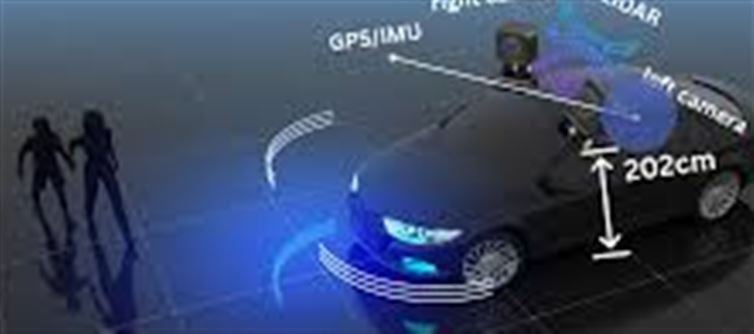
A recent study by Macquarie university researchers has raised concerns about how autonomous driving systems impact driver alertness. While autonomous vehicles (AVs) promise safety and convenience, they may also reduce a driver’s ability to assess hazards quickly, leading to potential risks on the road.
1. The Study and Its Findings
Researchers observed that drivers relying on autonomous systems often overestimate their situational awareness. Compared to fully hands-on drivers, they were slower to identify dangers, suggesting that overreliance on AV technology may erode critical driving skills.
2. Why driver Vigilance Declines
- Reduced engagement: Hands-off driving decreases active decision-making.
- Overconfidence: drivers assume the vehicle can handle every scenario flawlessly.
- Delayed reaction times: Less frequent hazard assessment leads to slower responses during emergencies.
3. Implications for Road Safety
While avs reduce human error in many situations, this decrease in hazard recognition could lead to:
- Increased risk in complex traffic conditions such as intersections or unpredictable weather.
- Misjudgment during system failures, where manual intervention is required.
- Challenges for mixed traffic scenarios, with both autonomous and human-driven vehicles.
4. Recommendations for Safer AV Use
- Driver training programs to maintain hazard recognition skills.
- Frequent manual driving practice to stay engaged with real-time traffic situations.
- Enhanced alerts and monitoring systems in avs to ensure drivers remain attentive.
5. The Balance Between Automation and Human Control
Experts emphasize that autonomous systems are tools, not replacements for driver awareness. While avs can reduce fatigue and prevent certain accidents, drivers must remain actively involved and ready to take control instantly. Continuous education and cautious use of automation are key to maximizing safety benefits.
Takeaway: Autonomous vehicles offer convenience and promise reduced human error, but overreliance can impair a driver’s hazard recognition and reaction time. A balanced approach—combining automation with active driver engagement—is essential to ensure road safety in the era of self-driving technology.
Disclaimer:
The views and opinions expressed in this article are those of the author and do not necessarily reflect the official policy or position of any agency, organization, employer, or company. All information provided is for general informational purposes only. While every effort has been made to ensure accuracy, we make no representations or warranties of any kind, express or implied, about the completeness, reliability, or suitability of the information contained herein. Readers are advised to verify facts and seek professional advice where necessary. Any reliance placed on such information is strictly at the reader’s own risk..jpg)




 click and follow Indiaherald WhatsApp channel
click and follow Indiaherald WhatsApp channel